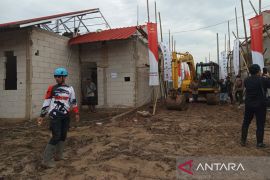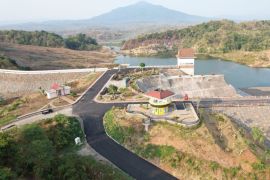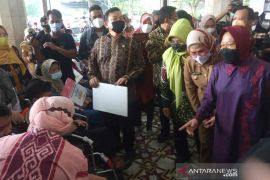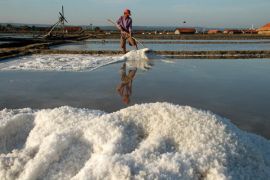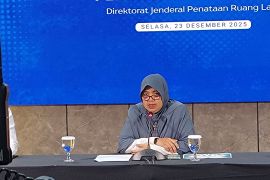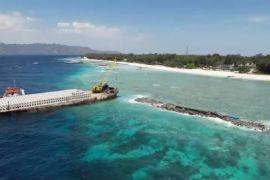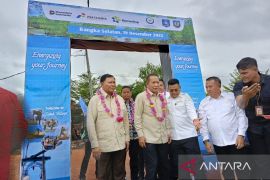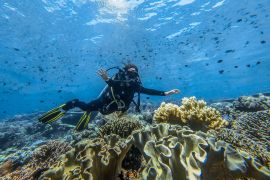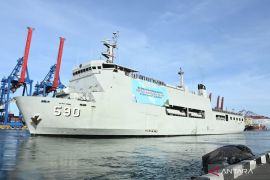"We can boost the production here next year. I already have the data; it is around three thousand hectares," he said on the sidelines of reviewing a salt storage warehouse here on Thursday.
Indramayu district is among the salt-producing regions in West Java, besides Karawang, Cirebon, and Pangandaran districts. Indramayu's salt production is spread across four sub-districts, namely Krangkeng, Losarang, Kandanghaur, and Patrol.
The area under productive salt farms in Indramayu is currently pegged at 1,445 hectares, with total production reaching 135,891 tons, or an average of around 94 tons per hectare.
Most of the salt production activities in Indramayu are managed traditionally by relying on the tides. This affects the volume and quality of production.
Therefore, Trenggono said that a revitalization program needs to be carried out so that salt production in Indramayu can be made more modern.
For this, the Ministry of Marine Affairs and Fisheries will propose a budget of Rp500 billion (around US$30.8 million).
"We will propose it (the budget) so that next year it can be revitalized," he affirmed.
The government earlier set the target to achieve food self-sufficiency, including in industrial salt, by 2027. As an initial step, the government has decided to stop importing industrial salt in 2025, except for the Chlor Alkali Plant (CAP).
To achieve the self-sufficiency target, the Ministry of Marine Affairs and Fisheries is developing several breakthrough programs, including salt pond extensification and intensification modeling through the modernization of salt production technology.
Related news: Indonesia’s salt production exceeds 2024 target at 2.04 mln tons
Related news: No rice, sugar, corn, or salt imports in 2025: Hasan
Related news: Indonesia to stop table salt imports from 2025: Hasan
Translator: Muhammad Harianto, Raka Adji
Editor: Azis Kurmala
Copyright © ANTARA 2024

